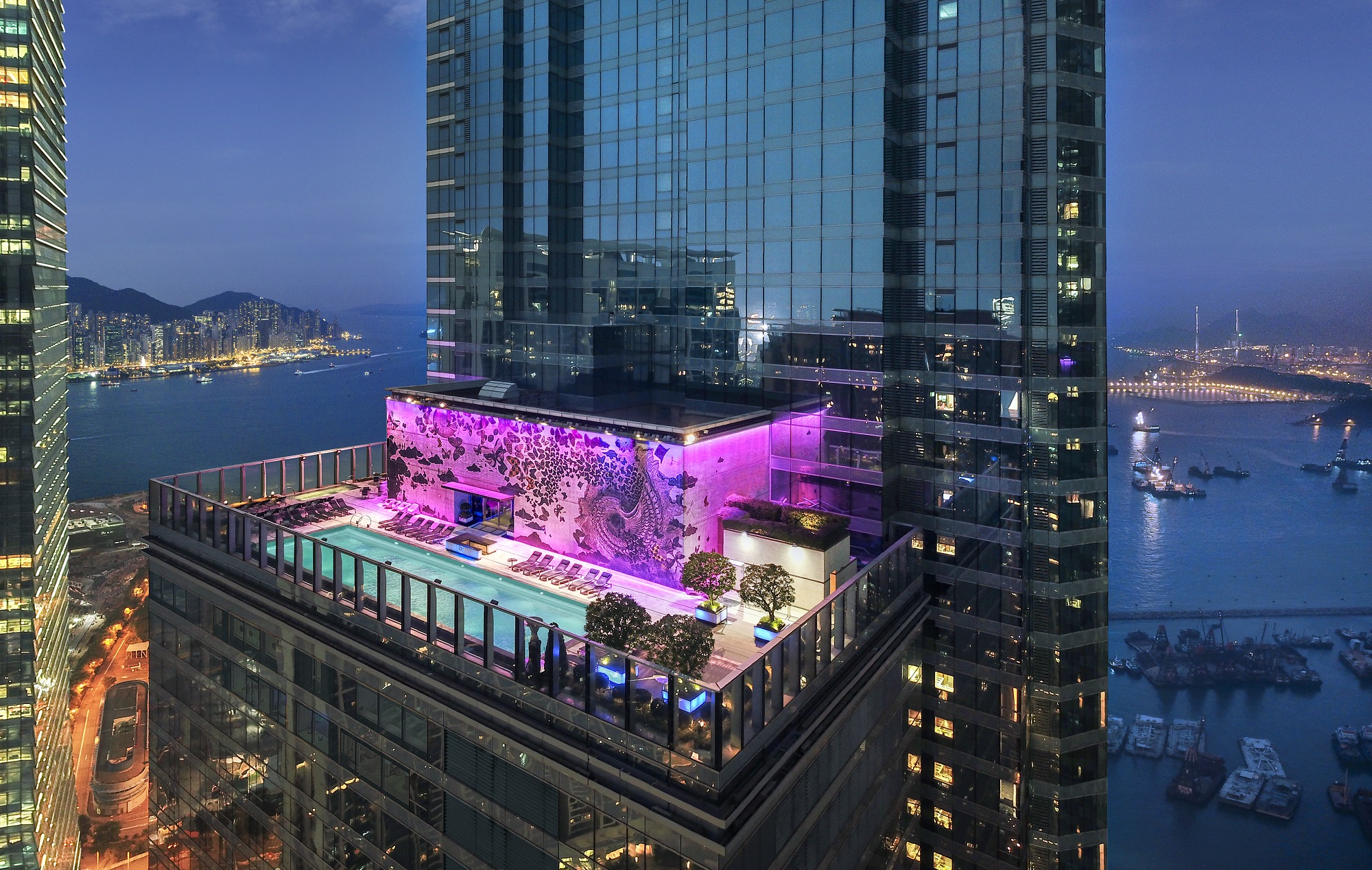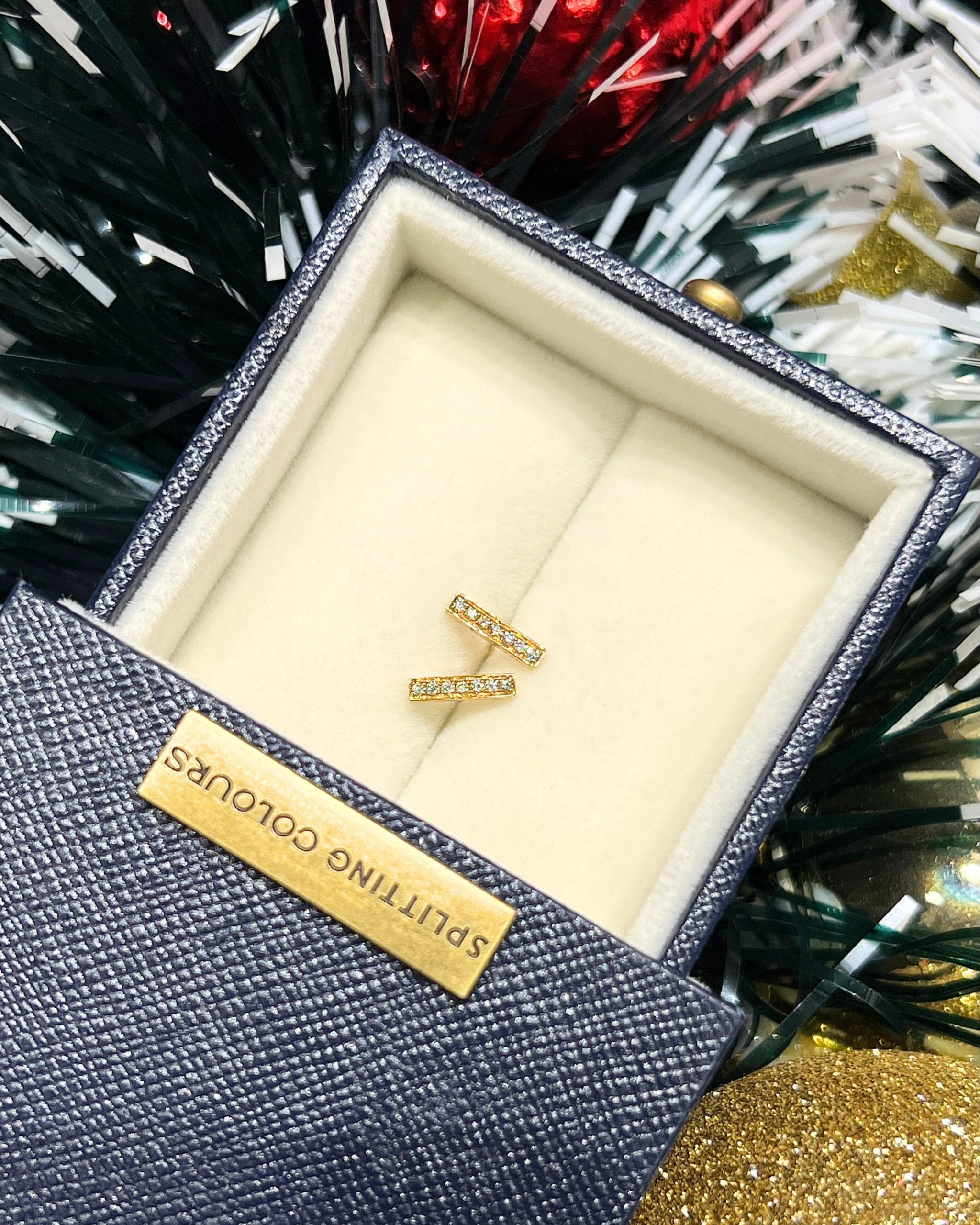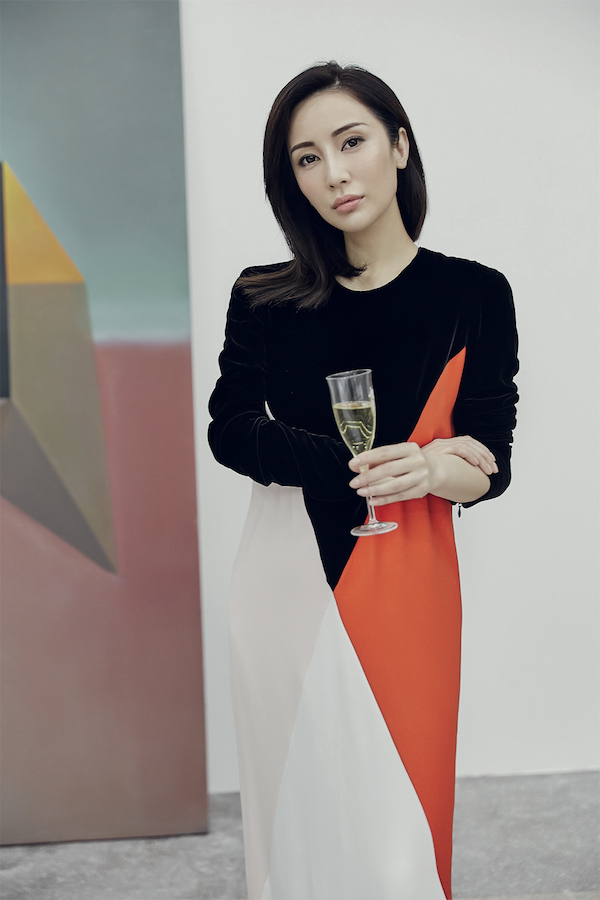
It wasn’t surprising that auction house Christie’s came to Hong Kong with its Leonardo da Vinci booty a month before the New York auction of Salvator Mundi for a record-breaking US$450 million, fees included. The strategy was to play up the status and ignore the substance, in the hope that one of China’s tycoon types might succumb to the catchy “male Mona Lisa” tagline Christie’s had cleverly – or crudely – created. “A collector might buy this and even build a museum for it,” said Loïc Gouzer, co-chairman of post-war and contemporary art for the Americas for Christie’s, to this writer. “It would be a statement not unlike the Louvre in Paris and the Mona Lisa. Maybe there’s a tycoon in China we don’t know about who wants to buy and build a museum for it.” Quite.
While that statement holds weight and plenty of physical evidence – Shanghai’s Long Museum (founded by Liu Yiqian and Wang Wei) and Beijing’s M Woods Museum (Lin Han and Wanwan Lei) a pair of prime examples – no one better represents the current state of China’s art market than culturepreneur Kelly Ying. The 32-year-old can seem as bold, brassy, cool and classy as contemporary consumer-led China’s eccentricity gets.
A self-propelled phenom of media, fashion, beauty, skincare, public relations, art and culture, Ying set up the Art021 contemporary art fair in Shanghai in 2013, as a two-fingered gesture in the direction of Basel, Switzerland. If they came to Hong Kong, but not to China, then Ying was determined to beat the Baselites at their own game. Last November, in the fourth iteration of her annual art fair, she enticed the world’s leading art dealer, David Zwirner, to visit her show with new work by his leading artists. (Zwirner will open his first gallery in Asia at H Queens in Hong Kong this month). She says, matter-of-factly, that her fair is about “joining local resources with a global perspective.”
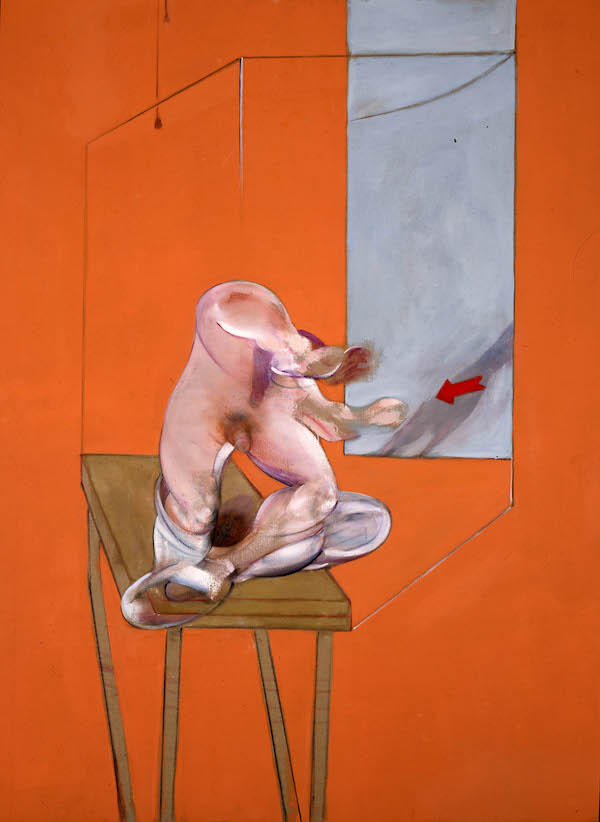
Ying exhibits soft power and cultural/ creative agency of breathtaking, almost cosmic ambition – like a one-woman, 21st-century art dynasty of old world master and new world digitalia. Culturally and commercially, she straddles a global art world at an entry point few have contemplated before. She’s certainly stratospherically wealthy and connected – her digital devotees include cultural and art-world heavyweights such as Liu Wei, Zeng Fanzhi (the artist whose work graced November’s Art021 poster), Zhao Wei, Chen Man, Cao Fei and Zhang Ziyi. But she’s as engaging as the girl next door, both princess-ling and peopledom. She takes to Instagram to write messages such as “Love, art and friendship in Art021! Thanks all!” and by next post is writing “Welcome to Duddell’s London” for the November 28 opening of the Hong Kong restaurant’s first overseas outpost.
Through all this, Ying is savvy enough to know that art appreciation doesn’t grow overnight, and that she can’t expect to preach to the masses or sell to China’s upcoming cultural adolescenti until she herself develops a sense for what constitutes good and bad art. And from a Chinese perspective, that’s doubly difficult to discern, given the dual appreciation for Western and Eastern aesthetics. Yet she’s on the cusp and commission of cultural shift.
Consider this: The world – and its leading auction houses – have regarded Chinese collectors as being tycoons of stratospheric spending power, the type who buy European football clubs and London’s black cabs, and even a Da Vinci or two. But Ying’s Midas touch has been to identify, pre-empt and lead the burgeoning legions of newly minted individuals who don’t view art as some hierarchical wing-collar privilege, but as an integral part of their lifestyle-oriented, fashion-driven, digital realm. Ying knows many of the sons and daughters of China’s first-generation tycoons, who have studied in America and Europe and possess a heightened appreciation for art and culture. She senses how they shop for art – overseeing several portfolios, accumulating knowledge, awareness and confidence, and often seeking lower over higher price tags.
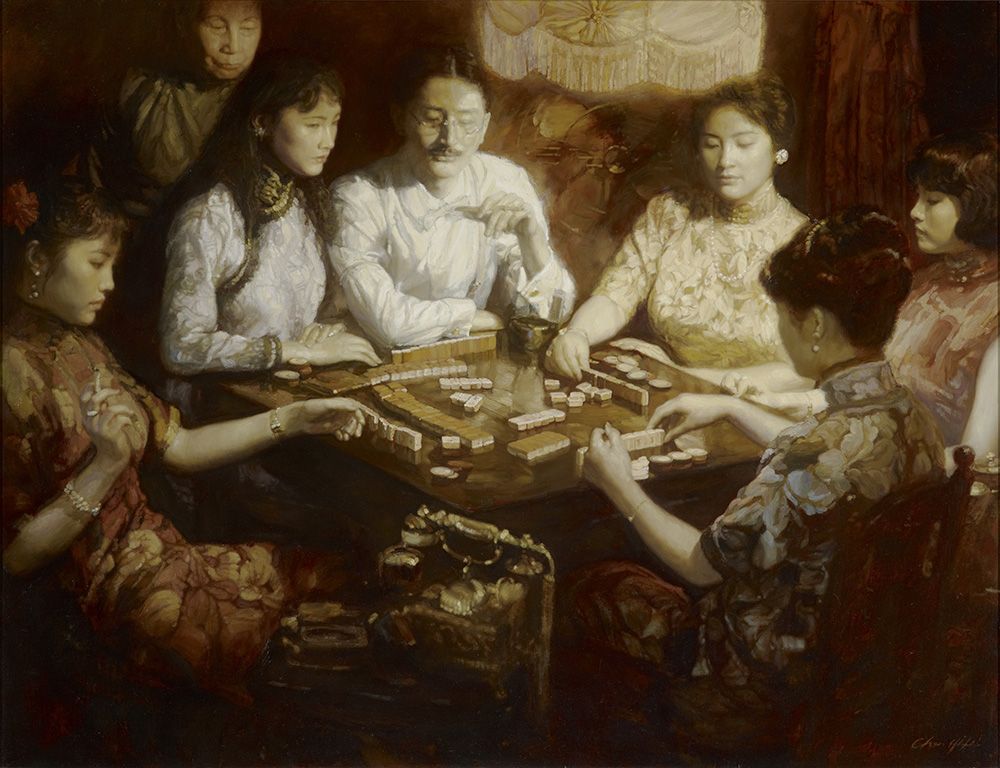
In the ecosystem Ying occupies, art and fashion have also blended into one. In a style be tting so many 21st-century Chinese influencers from the new generation, she appears as though she might set up her own fashion and lifestyle emporium in Shanghai.
Ying is to China’s cultural aspirations what Dasha Zhukova is to Moscow’s aesthetic ambition. In many respects, the two women feel much like the Jeanne Lanvins, Coco Chanels, Susan Sontags and Georgia O’Keefes of their respective countries’ deliriously dynamic ecosystems. And Ying, even more than Zhukova, feels like visionary Russian collector Sergei Shchukin, a century on.
China has seemingly arrived at Warhol’s supermarket art-gallery mall prophecy before the West ever came close. Take a blend of Mao and Marilyn, throw in a global mindset, and mix with social media and e-commerce – and there you have Ying’s entry point to living. She hasn’t just seen and anticipated the future of China; she is its future and, thereby, a mentor to leading art purveyors of the West.
This feature originally appeared in the January 2018 print issue of #legend




